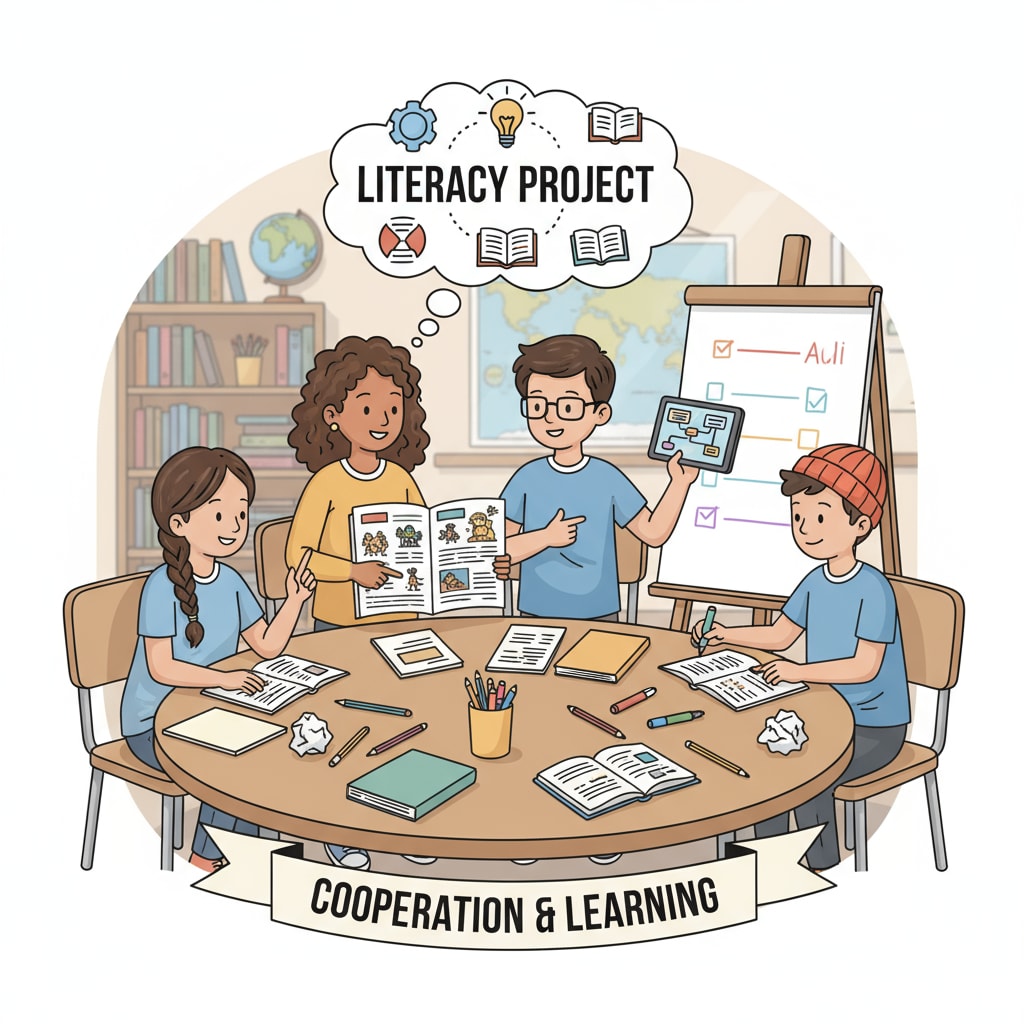Youth education, basic literacy, and teaching planning are crucial aspects when it comes to designing educational programs for uneducated adolescents. In this article, we will delve into the specific challenges and effective methods of creating a basic literacy teaching plan for 13 – 14-year-old teenagers who have not received formal education.

The Challenges of Teaching Uneducated Teens
Teaching basic literacy to 13 – 14-year-old uneducated adolescents comes with unique challenges. Firstly, these teenagers may have a limited attention span due to their age, and the lack of prior educational experience can make it difficult for them to adapt to a traditional classroom environment. For example, they might be easily distracted during lessons. Secondly, their self-esteem could be low as they may feel inadequate compared to their peers who have been educated. This can affect their willingness to participate actively in learning. As a result, educators need to find innovative ways to engage them. Adolescent Psychology on Wikipedia
Age-Appropriate Teaching Strategies
To overcome these challenges, age-appropriate teaching strategies are essential. One approach is to use multimedia resources. Incorporating videos, games, and interactive activities can make the learning process more engaging for teenagers. For instance, educational apps that teach basic literacy skills in a fun and interactive way can be highly effective. In addition, group work and peer learning can be beneficial. By working together, teenagers can learn from each other and build confidence. This also helps in creating a supportive learning environment.

Another important aspect is to relate the learning content to their real lives. When they see the practical applications of what they are learning, they are more likely to be motivated. Educational Psychology on Britannica
Furthermore, educators should provide clear and simple instructions. Since these teenagers may have a limited understanding of educational jargon, using plain language is crucial. This ensures that they can comprehend the tasks and requirements easily, which in turn promotes better learning outcomes.
Emotional Support in Teaching
Emotional support plays a vital role in the literacy education of these teenagers. Educators need to create a safe and inclusive classroom environment where students feel comfortable making mistakes. Encouraging positive self-talk and providing constructive feedback can boost their self-esteem. For example, when a student makes an effort, even if the answer is incorrect, the educator should praise their attempt and then gently guide them towards the correct solution. This helps in building a positive attitude towards learning.
Moreover, understanding the individual needs and backgrounds of each student is essential. Some teenagers may have faced difficult life experiences that have affected their ability to learn. By showing empathy and providing personalized support, educators can help these students overcome their barriers and focus on learning.
The Importance of Practicality in Teaching
In the basic literacy teaching plan, practicality should be a key consideration. Teaching skills that are relevant to their daily lives, such as reading street signs, writing simple notes, or understanding grocery labels, can make the learning more meaningful. This way, teenagers can see the immediate value of what they are learning and are more likely to retain the knowledge.
Also, providing opportunities for real-world application is crucial. For example, organizing field trips to places like libraries or community centers where they can practice their literacy skills in a practical setting. This hands-on approach not only enhances their learning but also helps them develop confidence in using their newfound skills.
In conclusion, designing a basic literacy teaching plan for 13 – 14-year-old uneducated teenagers requires a comprehensive approach that combines age-appropriate teaching strategies, emotional support, and practicality. By addressing the unique challenges these adolescents face and implementing effective teaching methods, educators can open the door to knowledge and empower them to build a better future. Through youth education, basic literacy, and well-planned teaching, these teenagers can embark on a path of growth and development. Readability guidance: The content uses short paragraphs to convey ideas clearly. Each section presents key points in a straightforward manner. Passive voice is used sparingly, and transition words are employed to connect ideas smoothly. Lists could be further enhanced in future revisions to make the content more organized.


